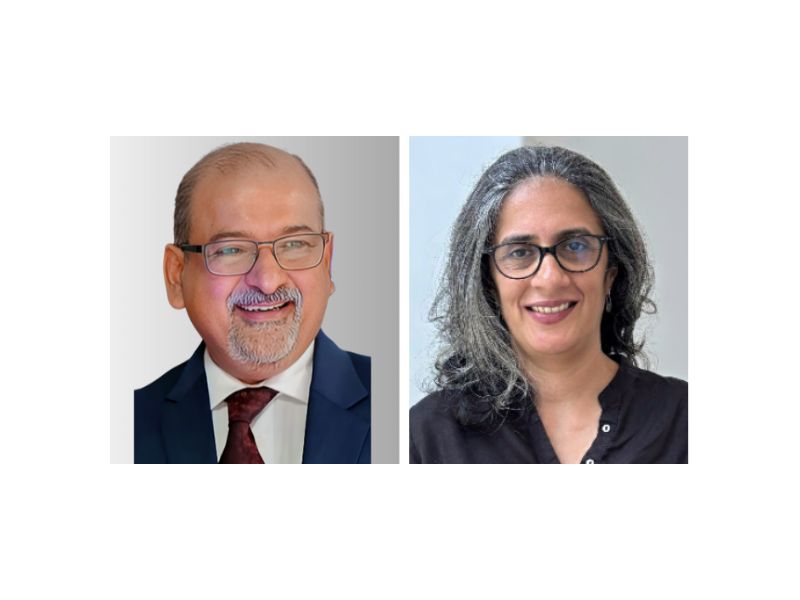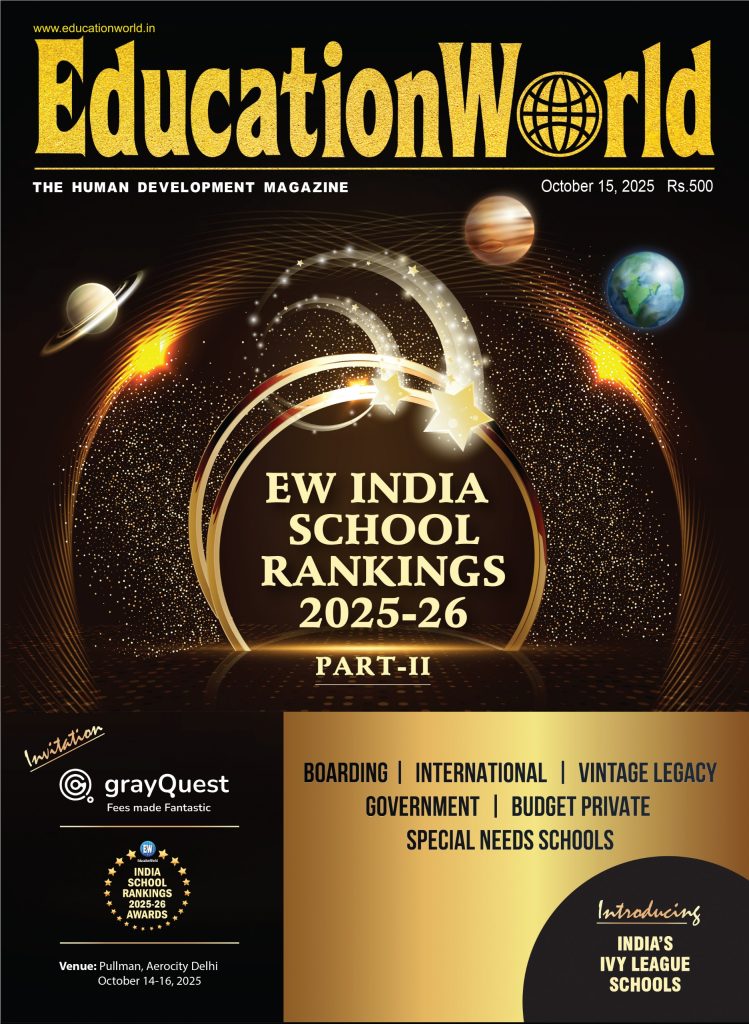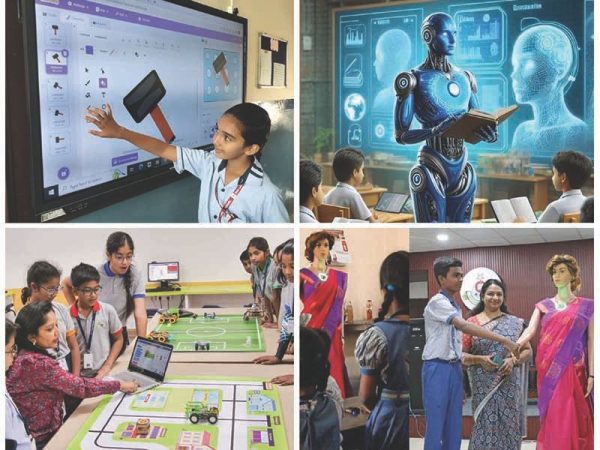Strategic Giving for Lasting Impact: Advancing Systems-Change Philanthropy in Indian Education
– Amitabh Jaipuria, CEO, Accelerate Indian Philanthropy & Aditi Ray, Philanthropy Partner, India—West and Diaspora—Singapore & Dubai
Philanthropy has always been a vital part of India’s culture and society. Traditionally, giving focused on immediate needs—such as funding a school, awarding scholarships, or expanding a hospital. While heartfelt, this approach often tackled symptoms rather than underlying problems. Today, a new wave of philanthropy is emerging, called systems-change philanthropy. This approach aims to address root causes and create sustainable solutions that last well beyond any single donation.
This shift is especially visible in education, where philanthropists are moving beyond charity to tackle systemic challenges. This change is purposeful and personal, shaped by founders’ own experiences and their desire to apply the same strategic thinking behind their businesses to social causes. The stories of these pioneers, showcased in the anthology Live to Give, demonstrate that systems change is not just a concept but a practical plan for building a fairer, more prosperous India.
From Personal Passion to Large-Scale Impact: Many philanthropic journeys start with a personal experience and grow into scalable, data-driven initiatives. For example, S.D. and Kumari Shibulal began by offering two scholarships to underprivileged students in Kerala. Kumari’s direct involvement in selecting candidates revealed a far greater need than scholarships alone could meet.
From this small start, their Vidyadhan programme grew into a comprehensive platform that supports more than 63,000 scholarships across 21 states. It offers not only financial aid but also mentorship and training, inviting other philanthropists and corporations to contribute. This is a real-life example of systems change: a single act of giving evolved into a model for large-scale, sustainable impact.
Building Lasting Institutions: Systems change is about more than one-off donations—it involves building institutions that endure. The Azim Premji Foundation exemplifies this, having spent over 20 years strengthening government schools and teacher training, influencing education policy, and establishing a dedicated research university.
New philanthropists are also building lasting legacies. Ajit Isaac of Quess Corp focuses on improving government schools in Karnataka by enhancing leadership, teacher quality, and community engagement. His foundation’s models have been adopted by the state, serving as “lighthouses” that guide policy makers.
Starting Small, Growing Big: Many philanthropic journeys begin with personal passion before evolving into scalable, data-driven initiatives. For example, S.D. and Kumari Shibulal started by offering two scholarships to students in Kerala. Kumari’s close involvement revealed a much larger need than scholarships alone could fill.
From this, the Vidyadhan programme was born, now supporting over 63,000 scholarships across 21 states. It provides financial aid, mentorship, and training, inviting other philanthropists and companies to join. This is systems change in action: a small act growing into a platform with vast, lasting impact.
Building Enduring Institutions: Systems change means building institutions that endure. The Azim Premji Foundation has spent over 20 years strengthening government schools and teacher training, influencing policy and launching a research university.
New philanthropists also show how persistence creates lasting impact. Ajit Isaac’s foundation works with government schools in Karnataka, improving leadership, teaching, and community involvement. These models have become examples for policymakers.
Likewise, Faizal and Shabana Kottikkolon transformed a single government girls’ school in Kerala by upgrading infrastructure and training teachers. Their “Nadakkavu model” has been adopted by the state and replicated in nearly 1,000 schools. This public-private partnership shows how philanthropy can spark large-scale government reform.
Similarly, Faizal and Shabana Kottikkolon transformed a single government girls’ vocational school in Kerala by upgrading infrastructure and training teachers. Their “Nadakkavu model” was so effective that the state replicated it in nearly 1,000 schools, showing how philanthropic investments can spark widespread public reform.
Lessons for Philanthropists: These inspiring stories offer key insights:
- Begin early and be patient: Systemic change takes time. Small, thoughtful beginnings can develop into durable platforms with long-lasting impact.
- Give more than money: The most effective philanthropy requires time, learning from setbacks, and collaboration with governments and communities.
- Plan for sustainability: The goal is to create models that thrive independently. Successful examples include alumni networks and government partnerships that ensure lasting progress.
Ultimately, these examples teach a simple truth: the greatest legacy is not wealth left behind, but the purpose it serves. For those able to give, the choice is clear—fund isolated projects or commit to the rewarding journey of systems change. The latter offers a path to transform India for the better.
About the Authors
Amitabh Jaipuria leads Accelerate Indian Philanthropy (AIP) as CEO. With over 33 years of corporate leadership experience and an XLRI education, he is building AIP into a top platform for strategic personal philanthropy in India.
Aditi Ray, with nearly two decades in corporate and development sectors, heads philanthropy partnerships for India’s West region and diaspora communities in Singapore and Dubai. She fosters a vibrant network of philanthropists at AIP.
















Add comment